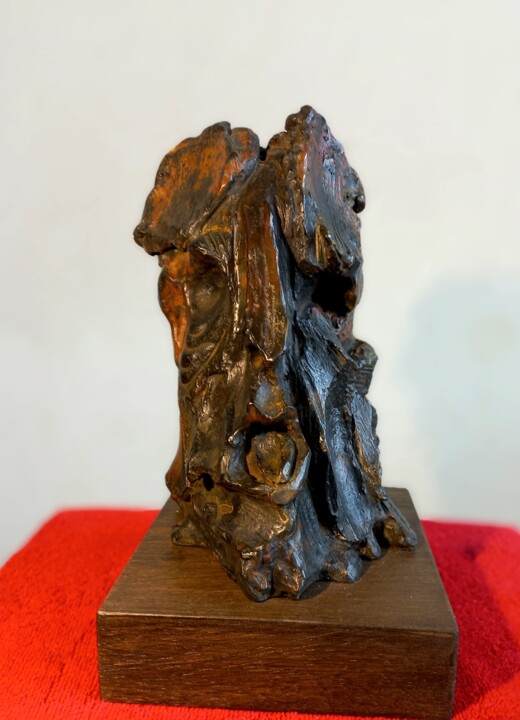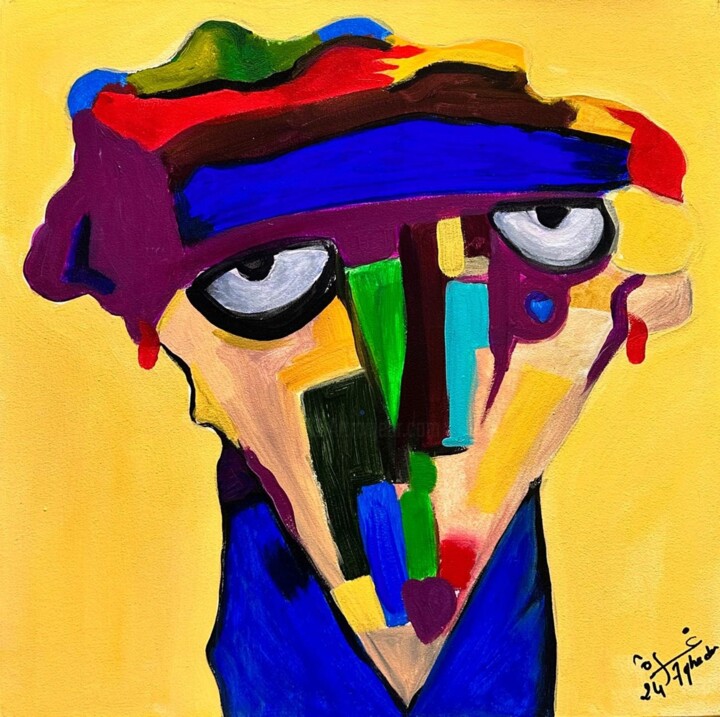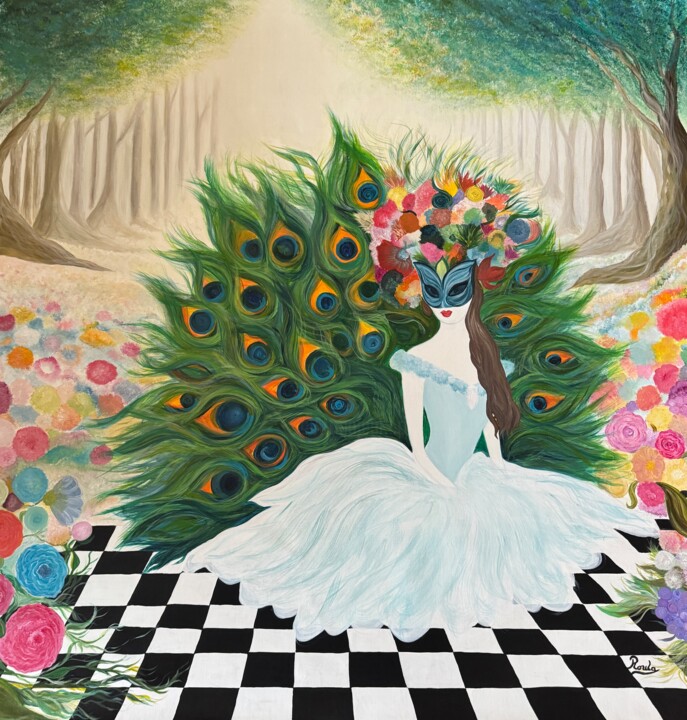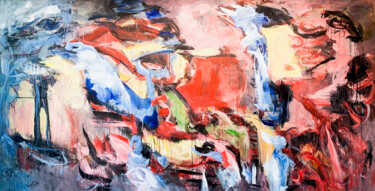1,336 原创艺术品,限量版和版画:
哪里可以买到黎巴嫩艺术家的艺术品?
ArtMajeur 展示了精选的最佳 黎巴嫩当代艺术家:黎巴嫩画家, 黎巴嫩雕塑家, 黎巴嫩摄影师,您可以在画廊中找到新兴和已确认的艺术家。
虽然 黎巴嫩 的画家、雕塑家和摄影师是最受欢迎的技术,但我们也有出售其他技术的优秀当代作品,如拼贴画、数字艺术或纺织艺术。 ArtMajeur 画廊在 黎巴嫩 非常受欢迎,因为许多当代艺术家用它来出售他们的艺术品:希望购买 黎巴嫩艺术家 艺术品的收藏家可以找到各种各样的技术、颜色、风格和价格。
Discover original artworks made by Lebanese contemporary artists on ArtMajeur
Lebanon is home to a vibrant contemporary art scene, where artists create stunning original artworks that showcase their unique vision and creative talent. These artworks come in a variety of forms, including paintings, sculptures, installations, and mixed media pieces. Lebanese artists often use a range of supports and materials to bring their ideas to life, from canvas and paper to wood, metal, and found objects. What sets these original artworks apart is their ability to convey a powerful emotional message, often rooted in the artist’s personal experiences and cultural heritage. Through their work, Lebanese artists explore themes such as identity, memory, and social justice, using their art to spark important conversations and challenge the status quo. Whether you’re a seasoned art lover or a curious newcomer, exploring the world of Lebanese contemporary art is an experience not to be missed.

©2020 Antoine Berbari
Origins and History
Lebanese contemporary art has a rich history dating back to the 20th century. Many artists emerged during the 1960s and 1970s, blending Western and Middle Eastern influences to create unique works of art. The civil war in Lebanon from 1975 to 1990 had a significant impact on the country’s art scene, with many artists forced to flee the country or put their work on hold. However, in recent years, Lebanese contemporary art has experienced a resurgence, with artists exploring themes such as identity, displacement, and memory. Important dates in the history of Lebanese contemporary art include the establishment of the Lebanese Association of Painters and Sculptors in 1957 and the opening of the Sursock Museum in 1961. Today, Lebanese contemporary art continues to evolve and thrive, with artists pushing the boundaries of traditional mediums and exploring new forms of expression.

©2023 Ramzi Karanouh
Evolutions of theses works in the contemporary art market
Lebanese contemporary artists have been producing original artworks that reflect the country’s cultural and political landscape. These artworks are not only visually striking but also thought-provoking, as they address issues such as identity, war, and displacement. The recent evolution of such artworks has seen a shift towards more experimental and interdisciplinary approaches, where artists are exploring new mediums and techniques. This has resulted in a diverse range of artworks that challenge traditional modes of representation. The importance of these artworks in the contemporary art market lies in their ability to capture the attention of collectors and curators alike.

©2024 Ghada Agha
Related Famous Artists
Lebanon is home to a vibrant contemporary art scene, and several artists have gained recognition for their exceptional works.
One of the most prominent contemporary artists is Walid Raad, who is known for his thought-provoking installations and photographs. His works often explore themes of memory, history, and politics, and challenge viewers to question their perceptions of reality.
Another notable artist is Akram Zaatari, who works in a variety of media, including photography, video, and performance. His works often explore the relationship between personal and collective memory, and examine the ways in which images shape our understanding of the world.
Rabih Mroué is another artist whose works have gained widespread recognition. His multimedia installations and performances often deal with themes of violence, power, and memory, and explore the complex political and social landscape of Lebanon and the wider Middle East.
Other notable contemporary artists from Lebanon include Joana Hadjithomas and Khalil Joreige, who collaborate on a wide range of projects that explore the intersections of history, memory, and identity.
Overall, these artists have made significant contributions to the contemporary art scene in Lebanon and beyond, and their works continue to inspire and challenge viewers around the world.

©2025 Roula Chreim
Notable original artworks made by Lebanese contemporary artists
Lebanese contemporary art is full of vibrant and thought-provoking pieces that reflect the country’s rich culture and heritage. Some of the most well-known original artworks created by Lebanese contemporary artists include:
"Untitled" by Walid Raad (1995): This artwork is part of Raad’s ongoing project, The Atlas Group, which examines the history of Lebanon’s civil wars. "Untitled" is a photograph of a building that has been partially destroyed by a bomb. The image is accompanied by a text that describes the incident and the people who were affected by it.
"The Last Supper" by Zena el Khalil (2005): This large-scale painting depicts a modern-day version of the famous biblical scene. Instead of Jesus and his disciples, the painting features a group of Lebanese women gathered around a table. Each woman is depicted with a unique personality and style, and the painting is a celebration of female strength and solidarity.
"Beirut Series" by Ayman Baalbaki (2004): This series of paintings depicts the destruction and reconstruction of Beirut after the civil war. Baalbaki uses a muted color palette and rough, almost abstract brushstrokes to convey the chaos and resilience of the city. The paintings are a powerful commentary on the effects of war and the human capacity for rebuilding.
"The Wall" by Nada Sehnaoui (2000): This installation consists of a large wall covered in bullet holes, with a single word written in Arabic: "Imagine." The wall is a symbol of the violence and division that have plagued Lebanon, but the word "Imagine" suggests a hopeful vision for the future. The installation encourages viewers to think about the possibilities for peace and reconciliation.
"The Martyrs’ Monument" by Alfred Basbous (1960): This sculpture is a tribute to the Lebanese people who died in the struggle for independence from French colonial rule. The monument features a group of figures holding hands and facing outward, symbolizing the unity and strength of the Lebanese people. The sculpture is an iconic symbol of Lebanese nationalism and pride.
Lebanese contemporary artists have created a diverse and dynamic body of work that reflects the country’s complex history and culture. From paintings to sculptures to installations, these artworks offer powerful commentary on war, identity, and the human condition.




































